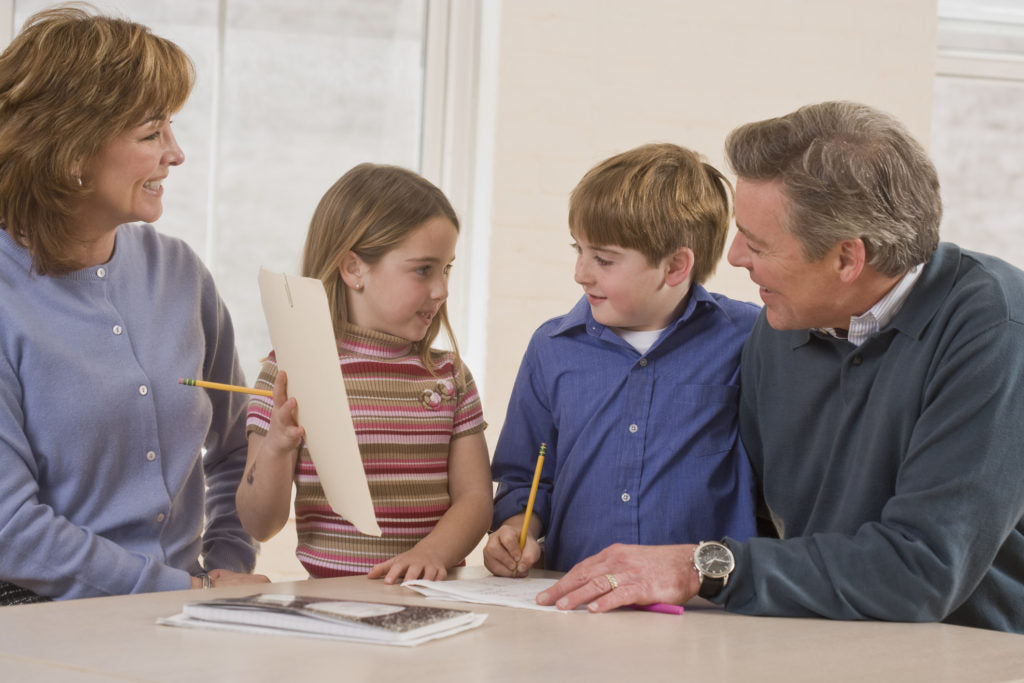By Dave Plunkett
","after_title":"
","widget_id":"widget-0-0-1"}}" />[/siteorigin_widget]As the evening news and twitter feeds tell us, we’re all about to live on a planet with unbreathable air; undrinkable water (when you can Replace it); inedible food; and weather that makes guessing what to wear a real challenge on a daily basis. The bottom line, the world is changing and you’ve got to prepare your family for the worst.
The road to proper preparation is paved with half-truths and political points of view. The main thing to remember is that you are preparing for immediate emergencies, so base your food storage plan on diversity and ease of preparation. But before you begin making an investment in survival food supplies and gear, you need to start with the creation of your family emergency plan. This plan will help you decide when an emergency situation (weather or natural disaster) forces you to decide whether to utilize a shelter in place solution or evacuate with your grab & go emergency kits.

Your family emergency plan is just that – an emergency plan so that you know regardless of the disaster, you’ll be ready and prepared to do what you need to do to survive the situation. Your FEP should cover all the major topics that come into play when a natural disaster or major storm hits your area. Basically, you need to discuss and write down the following:
- The names, birthdates and social security numbers for each member of your family.
- Your chosen meeting places – you need to pick and then list three different locations: the place you’ll meet in your neighborhood; the place you’ll meet outside of your immediate neighborhood; and finally, a place to meet should you all be out of town when a disaster strikes.
- A list of where everyone spends their weekdays – schools, work and any other places one member of your family goes to during the day should be listed, along with its address and phone number.
- Insurance & other important documents. List everyone’s drivers license numbers, passport numbers and any insurance policy you are carrying. Having your policy information at the ready will make getting any insurance settlements much easier to accomplish.
- Out of state contact(s) – you will need to decide on one or two people to use as your family’s check-in buddies. Every family member should use these numbers to call and inform them of your status should you family become separated during a storm or other disaster.
- Doctor or hospital contacts – be sure to list your family doctor’s name and number, along with the information about the nearest hospital. If applicable, include your Vet’s info as well.

To download your own Family Emergency Plan, go to FEMA’s website at: FEMA
This site can not only provide the forms you need to fill out, but it also offers free of charge, a set of wallet cards your family can fill out to keep in their wallets and purses for quick reference.
Make sure to fill your family emergency food storage pantry by shopping our National Preparedness Month sale and save up to 58% on select essentials. We’re also offering FREE Shipping on all orders over $100, so get ready for winter by stocking up now.


4 comments
Crystal Minnick
We’re pleased to hear that our articles are helpful. Thank you for the feedback!
???? ????
It was very useful.
Thank you.
???? ????
Your article was useful.
Thank you very much .
ahmad mehri
Hi .
Your article was very good.
Thank you .